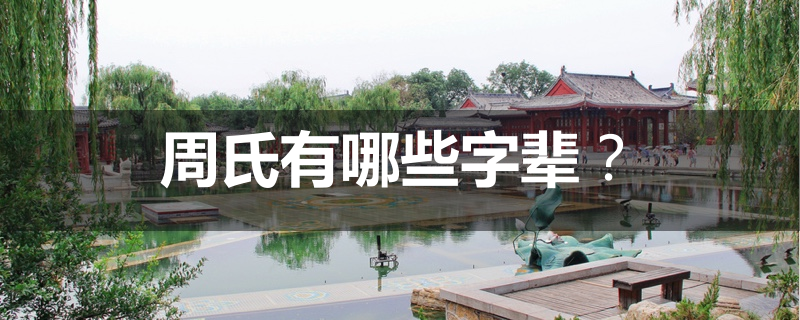中国传统文化 英语作文
2021-07-15

0

1045
内容:传统来自历史,历史不单是过去的事,它是表现在事物的着重点。中国传统文化
更多的是主要人际关系的调整、学习中国传统文化,有助于提高个人思想道德修养,让你有一种有根的感觉。但现在很多人好像觉得传统文化没有必要学习。我们的意见:学习中国传统文化有助于构建真正和谐的社会
问题:中国传统文化的内涵是什么? 应该如何学校中国传统文化?
注:应根据所给内容和问题进行写作。
要求:1题目自拟。 2词数200左右。
更多的是主要人际关系的调整、学习中国传统文化,有助于提高个人思想道德修养,让你有一种有根的感觉。但现在很多人好像觉得传统文化没有必要学习。我们的意见:学习中国传统文化有助于构建真正和谐的社会
问题:中国传统文化的内涵是什么? 应该如何学校中国传统文化?
注:应根据所给内容和问题进行写作。
要求:1题目自拟。 2词数200左右。

提交答案
0个回答





 回答
回答








